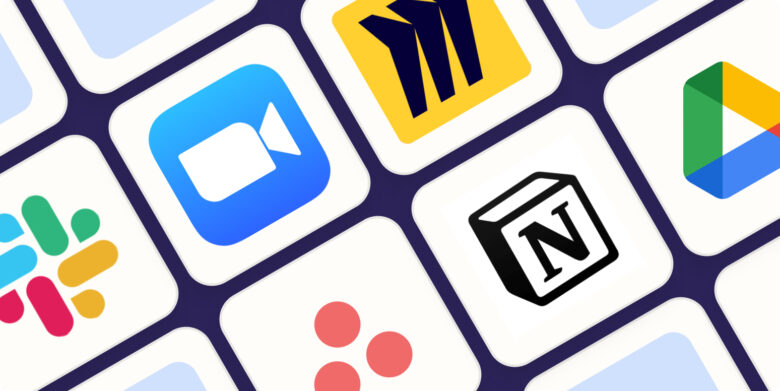In the ever-evolving world of business and communications, there has been a major change in the way we meet. The advent of technology has ushered in a new era of efficiency and convenience for conferencing applications. These tools are redefining the way we connect, collaborate and communicate, making business meetings more accessible, flexible and effective than ever before. In this article, we explore the importance of conferencing apps and how they are revolutionizing the way we conduct meetings in the modern world.
The shift to virtual meetings
The digital age has paved the way for a dramatic shift from face-to-face meetings to virtual meetings. While in-person meetings still have value, conferencing apps have become the ideal solution for organizations looking to streamline their communication and collaboration processes. Several factors have accelerated this shift, including the COVID-19 pandemic, which has allowed remote work and virtual meetings to reach unprecedented levels.
Key features of the conference app
Videoconferencing: Videoconferencing is at the heart of conferencing applications. They provide high-quality audio and video, allowing participants to see and hear each other in real time, promoting a sense of connection and engagement.
Screen sharing: Meeting applications often include screen sharing features that allow presenters to share their screens, documents, or presentations with participants, increasing the visual impact of the meeting.
Chat and message: Most meeting apps have chat and messaging features that allow participants to communicate via text during a meeting. This is especially useful for sending links, questions, or additional information without interrupting the flow of the conversation.
Record and playback: Many conferencing apps let you record meetings for future use. This feature is valuable for those who cannot attend live meetings or for archiving purposes.
Scheduling and calendar integration: Meeting apps often integrate with calendar apps, making it easy to schedule and manage meetings and send invitations directly from the calendar.
Security and Privacy: Security features like password protection, waiting rooms, and end-to-end encryption ensure meetings stay safe and private.
Benefits of conferencing apps
Global Reach: Conference apps break down geographic barriers and enable organizations to connect with customers, partners, and team members around the world.
Cost savings: By using conferencing apps for virtual meetings, companies can reduce expenses on travel, lodging and facilities.
Time efficiency: Virtual meetings save time when commuting or preparing for in-person meetings. Participants can participate from their own location, increasing productivity.
Flexibility: Meeting apps offer flexibility in scheduling and attendance. Participants can attend meetings from the comfort of home or on the go, adapting to different work styles.
Enhanced Collaboration: Features such as screen sharing, chat, and document sharing improve collaboration during meetings, making it easier to discuss and edit documents in real time.
Environmental impact: Reducing the use of travel and office space helps reduce your environmental footprint, in line with sustainability goals.
Choose the right meeting app
Choosing a conferencing application depends on several factors, including organization size, meeting frequency, integration requirements and budget constraints. Popular options include Zoom, Microsoft Teams, Google Meet and Slack. It’s crucial to choose a meeting app that meets the specific needs and preferences of your organization.
Wrap Up
Meeting apps have become an indispensable tool in the modern business world. They provide a seamless, efficient way to connect and collaborate with colleagues, customers and partners, crossing physical boundaries and time zones. As the world continues to embrace remote working and virtual communications, conferencing applications will continue to evolve and play a key role in shaping the future of business meetings, keeping them accessible, efficient and productive.


